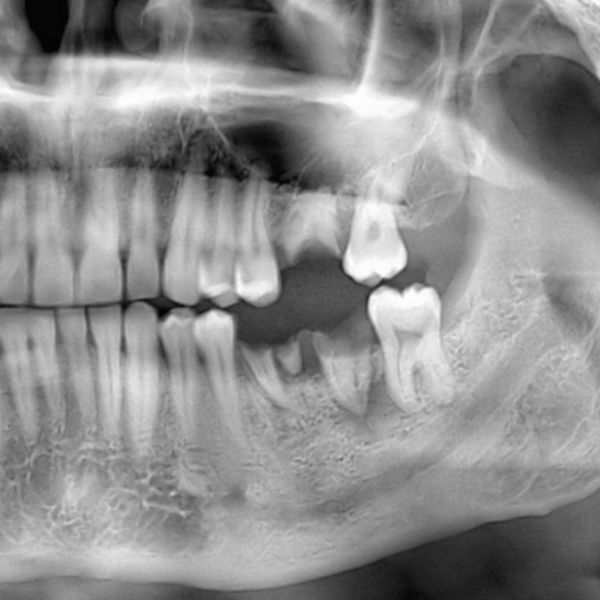Socket Preservation Helps Maintain Bone for Later
Studies have shown that within six months following the extraction of a tooth, approximately half of the bony alveolar ridge height and width are lost due to the resorption of the remaining bone. This can create problems, because the bony ridge may be needed later to support an implant or another type of dental prosthesis. Fortunately, there is a way to prevent this bone loss from occurring. This treatment is called socket preservation. Dr. Jon Marc Van Slate who practices dentistry in Houston, TX, knows how important socket preservation can be for future restorative treatments, and he wants his patients to understand more about it, as well.

What is the Rationale for Socket Preservation?
This is the technique for placing bone grafting material at the site of a tooth extraction. By so doing, the alveolar ridge, or ridge of bone that exists around the extraction site, can be better preserved. Socket preservation serves another purpose besides helping maintain the bone structure that may be needed later. It also helps prevent a painful complication of tooth extraction that occasionally occurs, called dry socket. The grafting material acts to keep the blood clot in the healing socket intact, preventing recurrent problems. If it is lost, a dry socket can occur.
How Is Socket Preservation Accomplished?
Socket Preservation is a relatively simple procedure the dentist can readily accomplish in conjunction with the extraction. After the tooth is extracted, the dentist carefully places the grafting material in and around the socket before suturing the soft tissue back to place, covering the opening to the socket. Depending on the circumstances, a membrane—either resorbable or non-resorbable—may be positioned over the grafting material but under the gum tissue. Its purpose is to help stabilize the grafting material and encourage the growth of new bone. The type of grafting material the dentist chooses to use can be derived from animal bone, human bone, or synthetic materials. Regardless of the type, all are highly purified, safe, and proven to be effective.
Post-Operative Care
The post-surgical care of the grafted extraction site is like that for any extraction. Patients are advised to take care to keep food away from the grafted socket and wait a day or two to brush the area. Patients should also avoid drinking through a straw or smoking. If they have been prescribed a special antiseptic mouth rinse or antibiotics, it is important to use these in accordance with the doctor's instructions. If at any time during the healing phase, anything seems amiss, patients are encouraged to contact the doctor.
Get in Contact with Our Office to Learn More
A socket preservation procedure may not be indicated for all extractions, but when Dr. Van Slate deems it necessary, he can ensure it is accomplished properly and efficiently. Those who want to learn more about socket preservation, or any other of the many procedures that Dr. Van Slate performs, are encouraged to contact his office. The number is (713) 783-1993, or patients can contact his office online.



